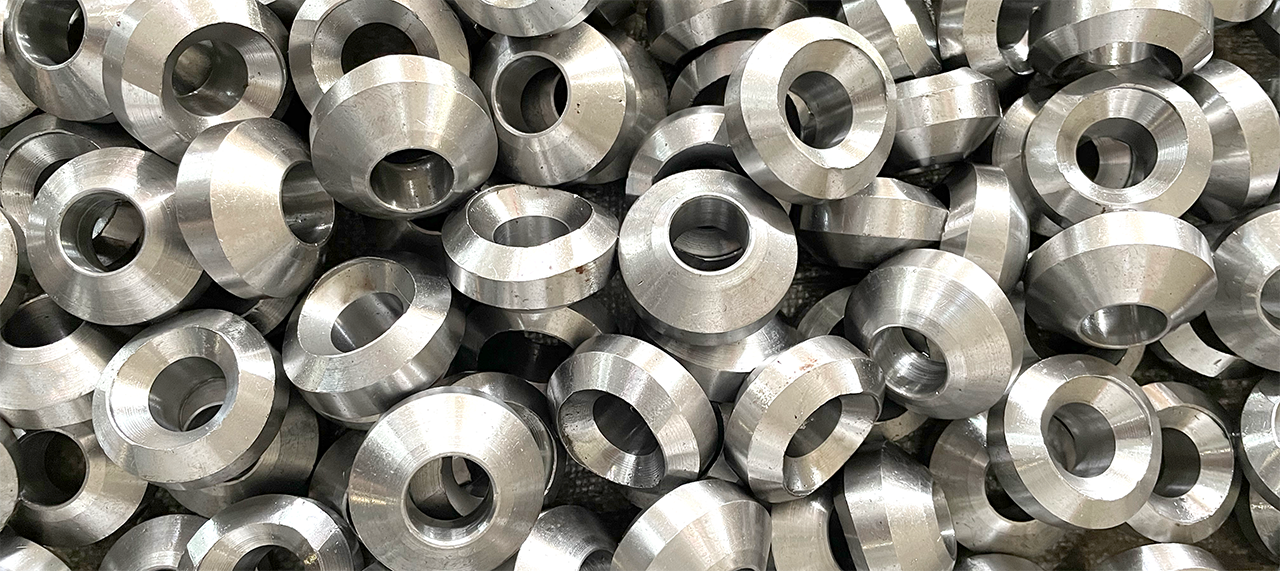Share this
Fittings are elements used to connect, transform, control or support piping systems. According to different functions and uses, pipe fittings can be divided into various types. Here are some common fitting types:
1. Elbow: Used to change the direction of the pipeline, typically available in 45 degrees and 90 degrees angles.
2. Coupling: Used to connect two sections of pipes, typically for direct connection.
3. Union: Similar to coupling but can be disassembled, facilitating maintenance and replacement.
4. Cap: Used to seal the end of a pipe, typically for temporary closure or prevention of contamination.
5. Flange: Used to connect pipes to valves, equipment, or other pipes. They are secured together using bolts.
6. Reducer: Used to connect two pipes of different sizes, effectively joining a larger diameter pipe with a smaller diameter pipe.
7. Flange: Used to connect pipes to valves, equipment, or other pipes. Flanges are bolted together and commonly used in large-scale pipe systems.
8. Plug: Similar to a coupling, but used to seal the end of a pipe.
9. Expansion Joint: Used to absorb stress and vibrations in the pipeline system caused by thermal expansion.
10. Hanger: Used to support the pipe system and prevent sagging or external forces.
11. Tee: Used to split one pipe into two or merge two pipes into one.
12. Cross: Similar to a tee, but with four outlets.
These are just some common types of pipe fittings, and there are many other types available, each with its specific purpose and application area.

